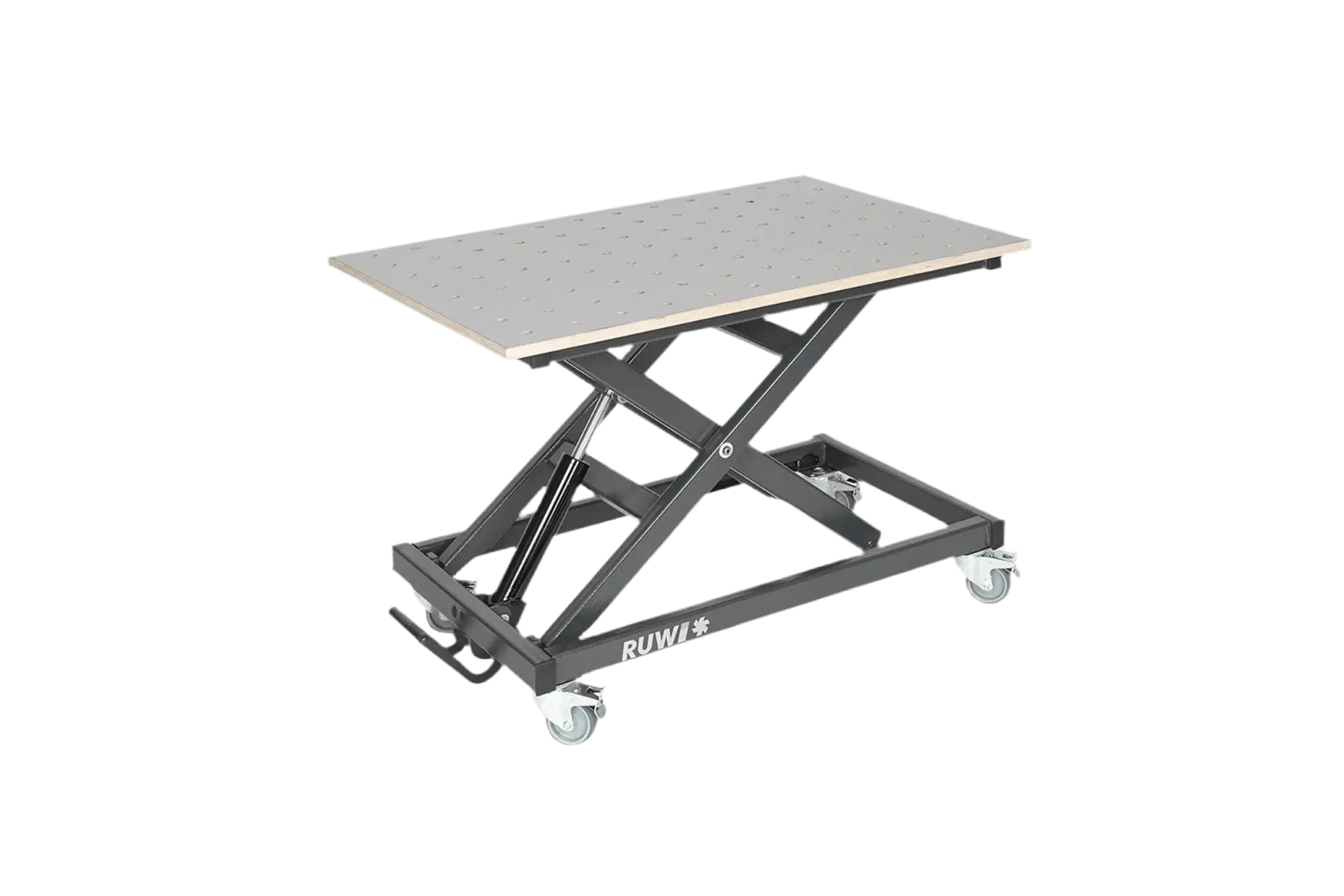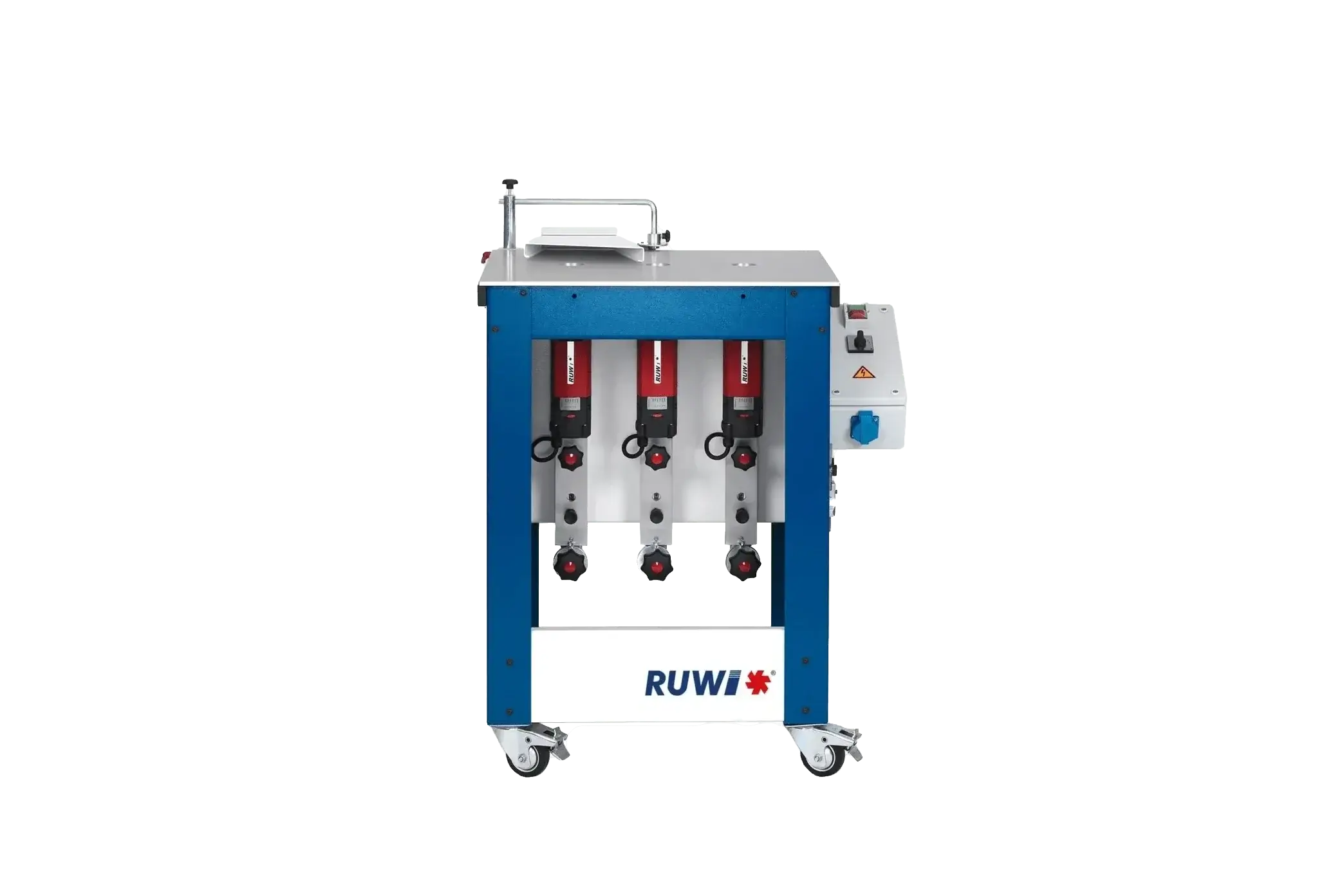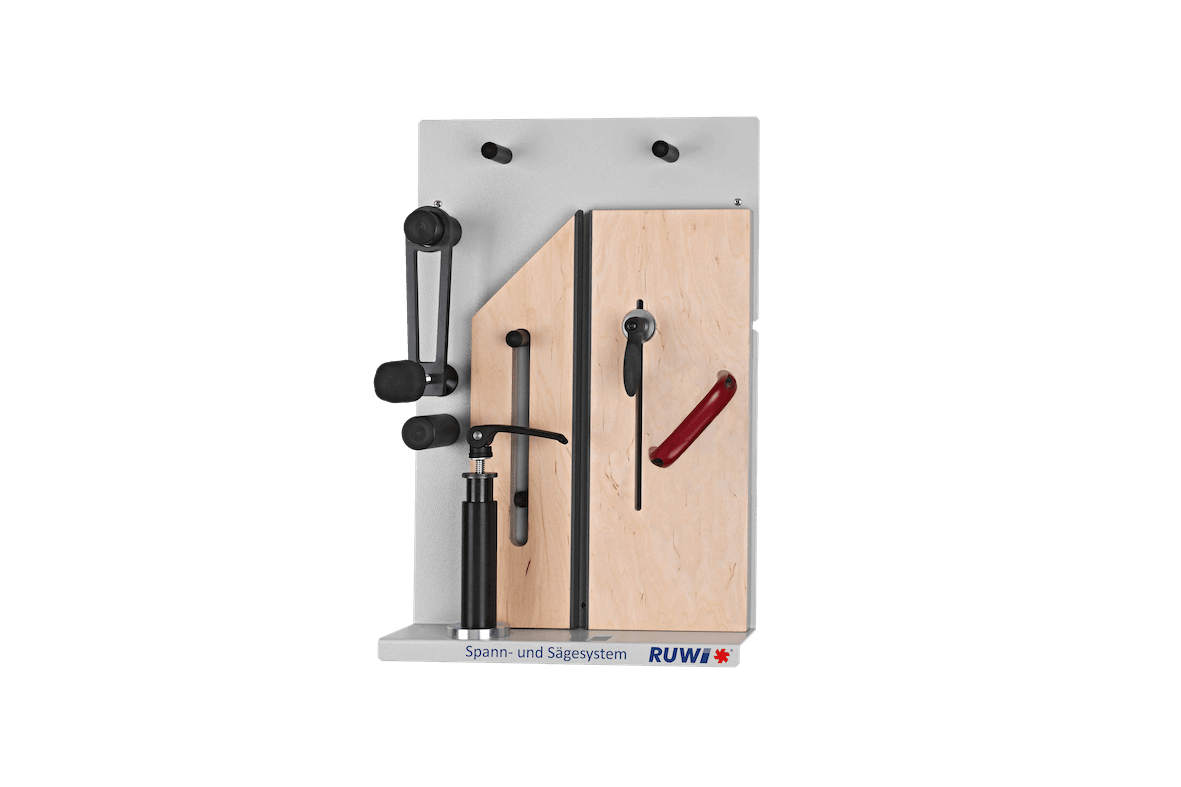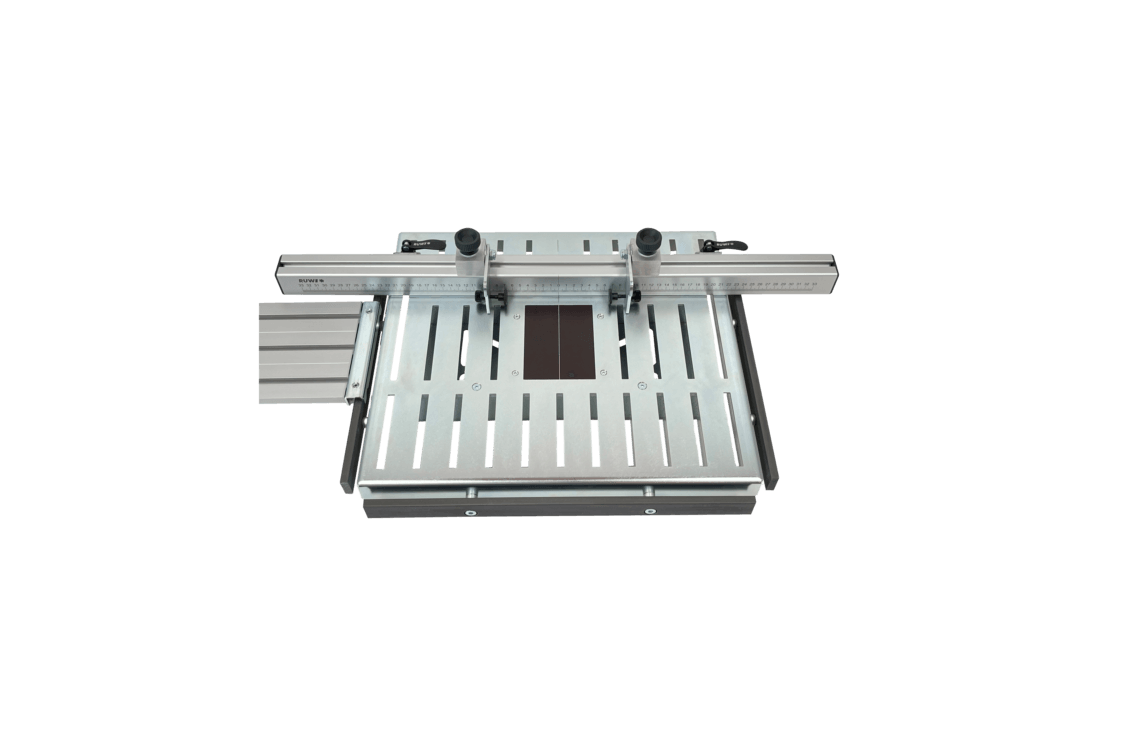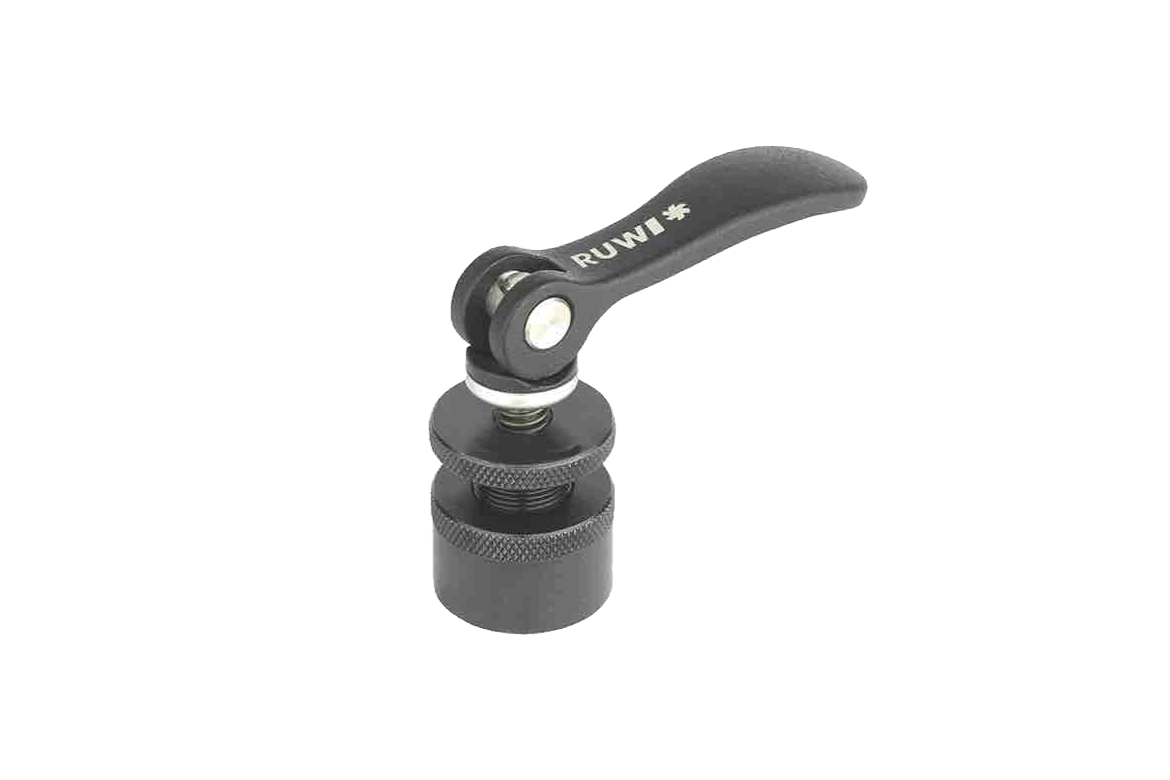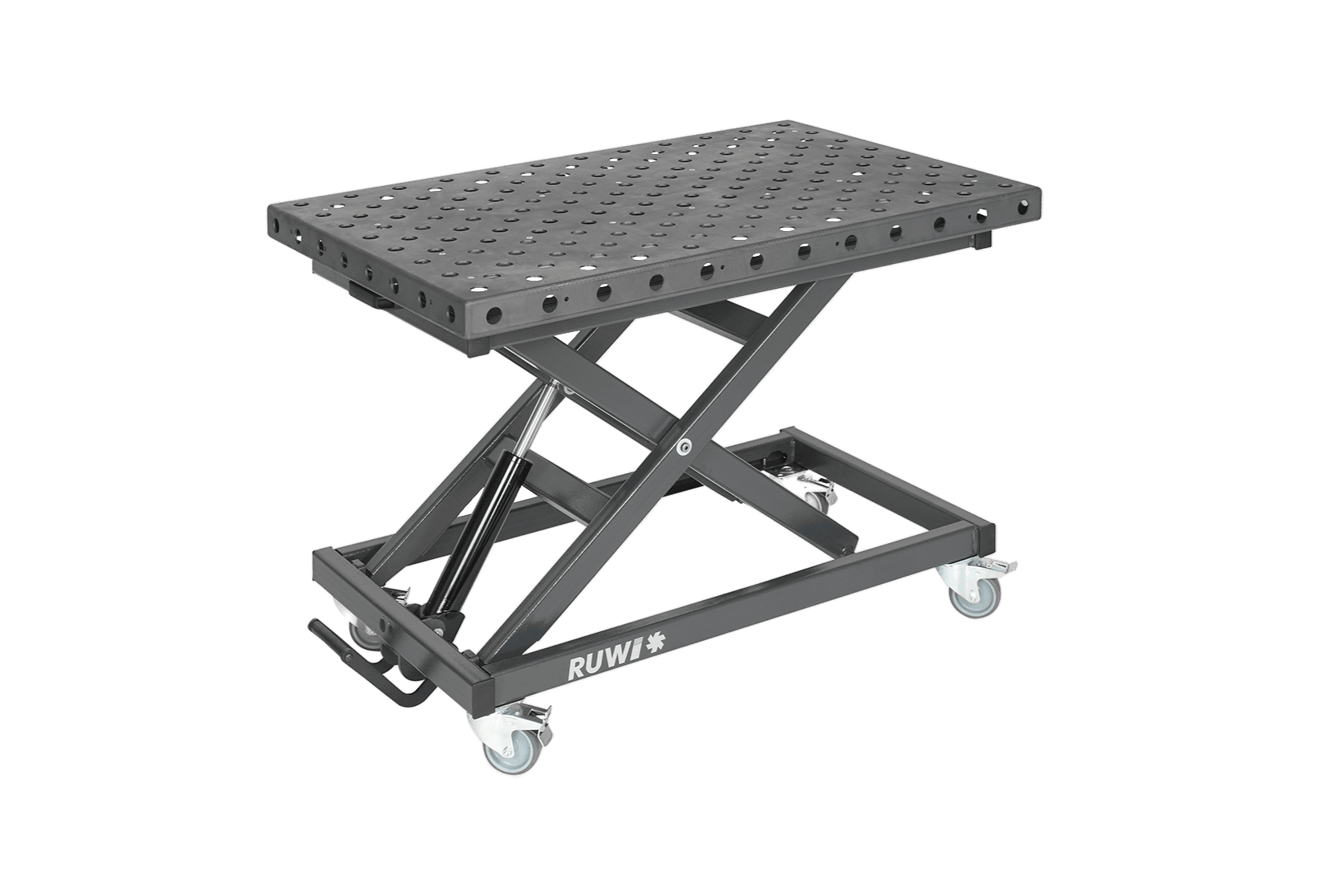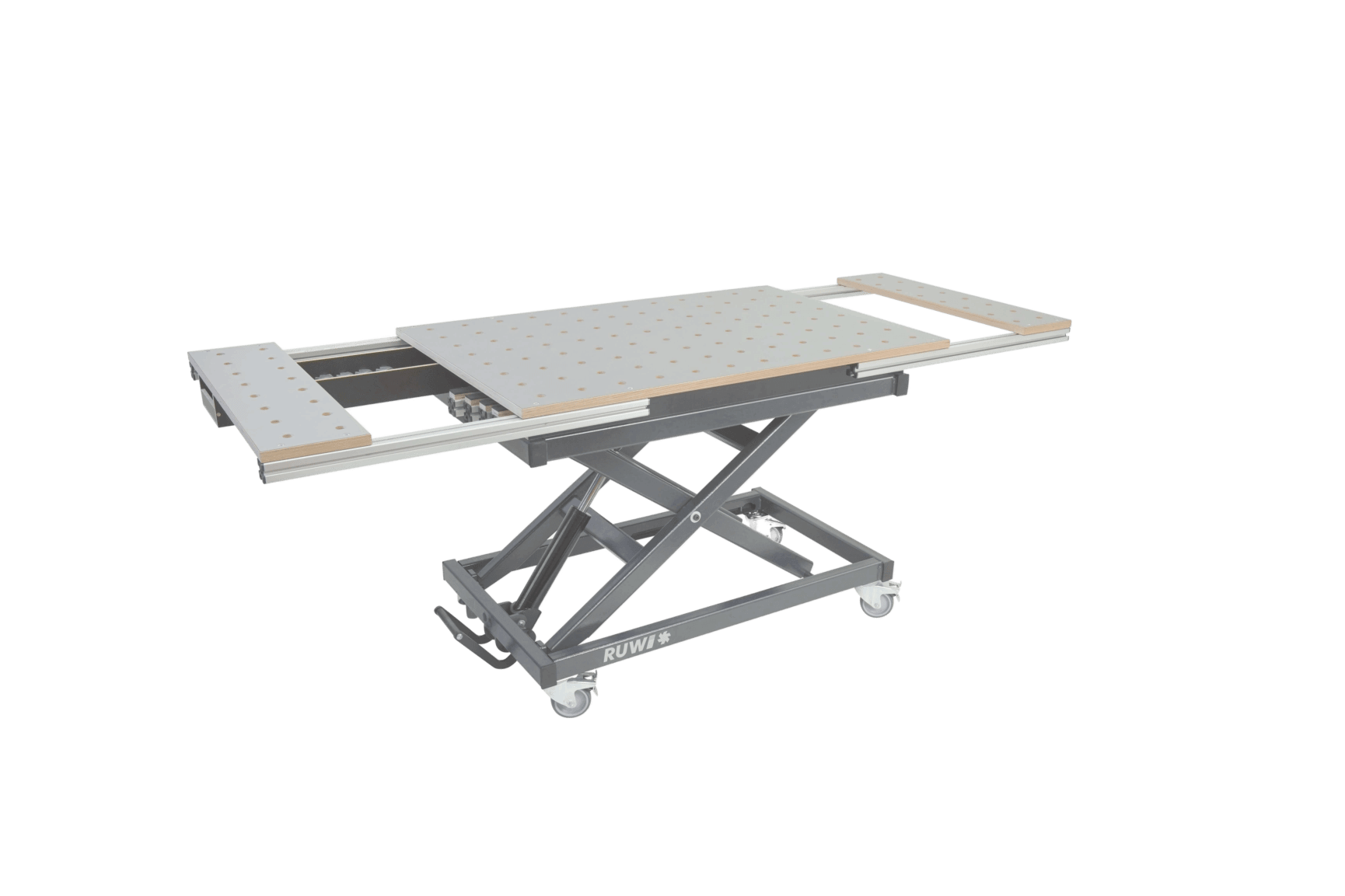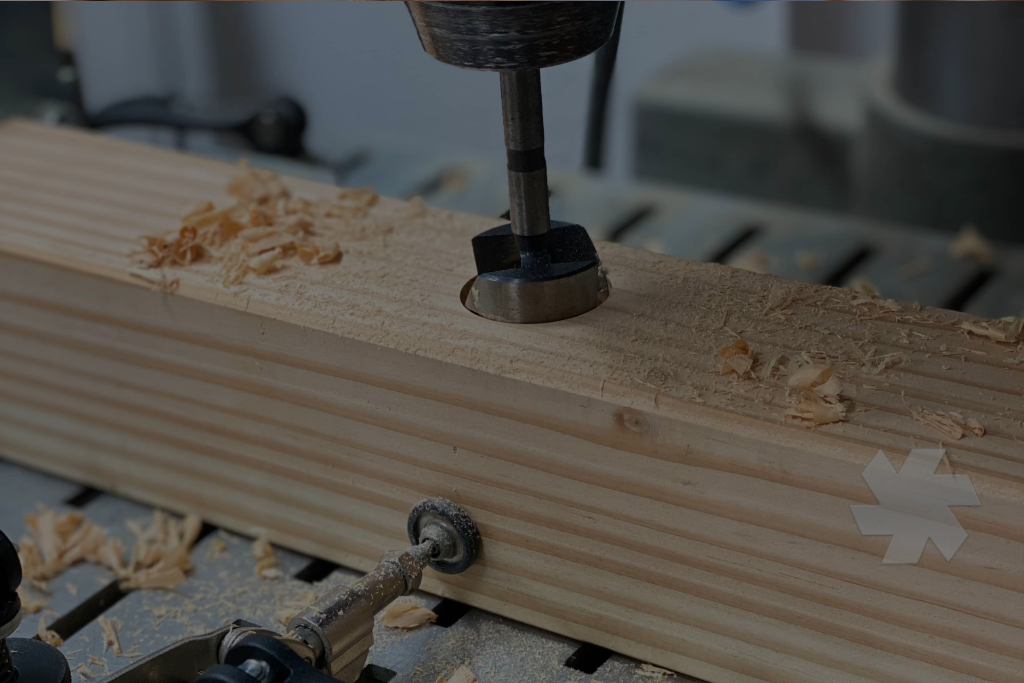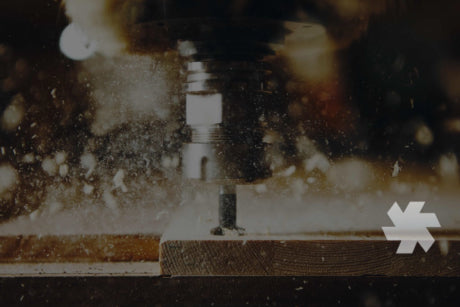Synchronized milling
Definition and explanation of climb milling in woodworking
In woodworking, milling is one of the most important methods for removing material from workpieces. Different methods are used depending on the workpiece, material and position. Synchronous milling is often the preferred option for several reasons. Here you will learn the basics of climb milling and get to know the advantages and disadvantages of this method in more detail.
Table of contents
- Definition of
- Advantages
- Disadvantages
- Difference between climb milling and up-cut milling
- When is climb milling preferable to up-cut milling?
- Which is better: climb milling or up-cut milling?
- When are climb milling machines used?
Definition: What is climb milling?
In climb milling, the cutting edge of the milling cutter rotates in the same direction as the feed of the workpiece. The chip thickness is at its highest at the beginning and decreases to almost zero by the time it exits. This process generally ensures a clean milling edge and a longer tool life. However, it requires a very precise feed mechanism without play, because the milling cutter forces act strongly in the "pulling direction". Otherwise, chip breakage and a sudden increase in chip thickness may occur.
Advantages of climb milling
Synchronized milling can be used for many workpieces and materials. The forces can be optimally absorbed thanks to well-controlled feed behavior. The advantages include
- Better service life: The milling cutters last longer as they wear less.
- Clean cut: The cutting edge is smoother and polishes the surface.
- Higher feed speed: You work faster and more efficiently.
Disadvantages of climb milling machines
In contrast, the milling cutter runs against the direction of rotation during up-cut milling. The chip thickness starts at zero and increases during the cut, which can lead to higher temperatures and a polishing effect. This in turn increases wear on the tool. However, climb milling requires a backlash-free feed mechanism and very precise workpiece clamping so that the workpiece is not "pulled away".
What is the difference between climb milling and up-cut milling?
When up-cut milling, you move the milling cutter in the opposite direction to its direction of rotation. The chip thickness increases with the milling process, which tends to cause higher forces on the workpiece and can generate more heat. In climb milling, the chip thickness decreases towards the exit, which provides a cleaner result - but the machine setting is more demanding. This means that climb milling requires more stable fixing, but in most cases it is more efficient and gentle on the material.
Tip: RUWI router table for CNC routing with wood
A RUWI router table is a semi-stationary system that offers you precise routing work and a great deal of flexibility on a stable table.
When is climb milling preferable to up-cut milling?
Generally, climb milling is the preferred method because you get a better cutting edge and do not cause excessive temperatures. This prevents chips from welding to the surface. Up-cut milling is usually only useful if you cannot safely absorb the tensile forces that occur during climb milling. Lifting forces act during up-cut milling, whereas pulling forces act during climb milling. You need stable workpiece clamping so that nothing slips during synchronized milling.
Which is better: climb milling or up-cut milling?
Under the same conditions, climb milling is usually the better choice, as it delivers cleaner results and protects the tool and material. Longer tool life and a lower risk of cutting edge failure also speak in its favor. Up-cut milling is an option if your workpiece allows for high machining tolerances or if you have less precise clamping options.
When are climb milling machines used?
Synchronous milling is the standard choice for all workpieces where you need a clean cutting edge and fast work performance. Up-cut routing is more likely to be used when there is no other technical or clamping option. For the vast majority of woodworking scenarios, climb milling is therefore the method of choice.


